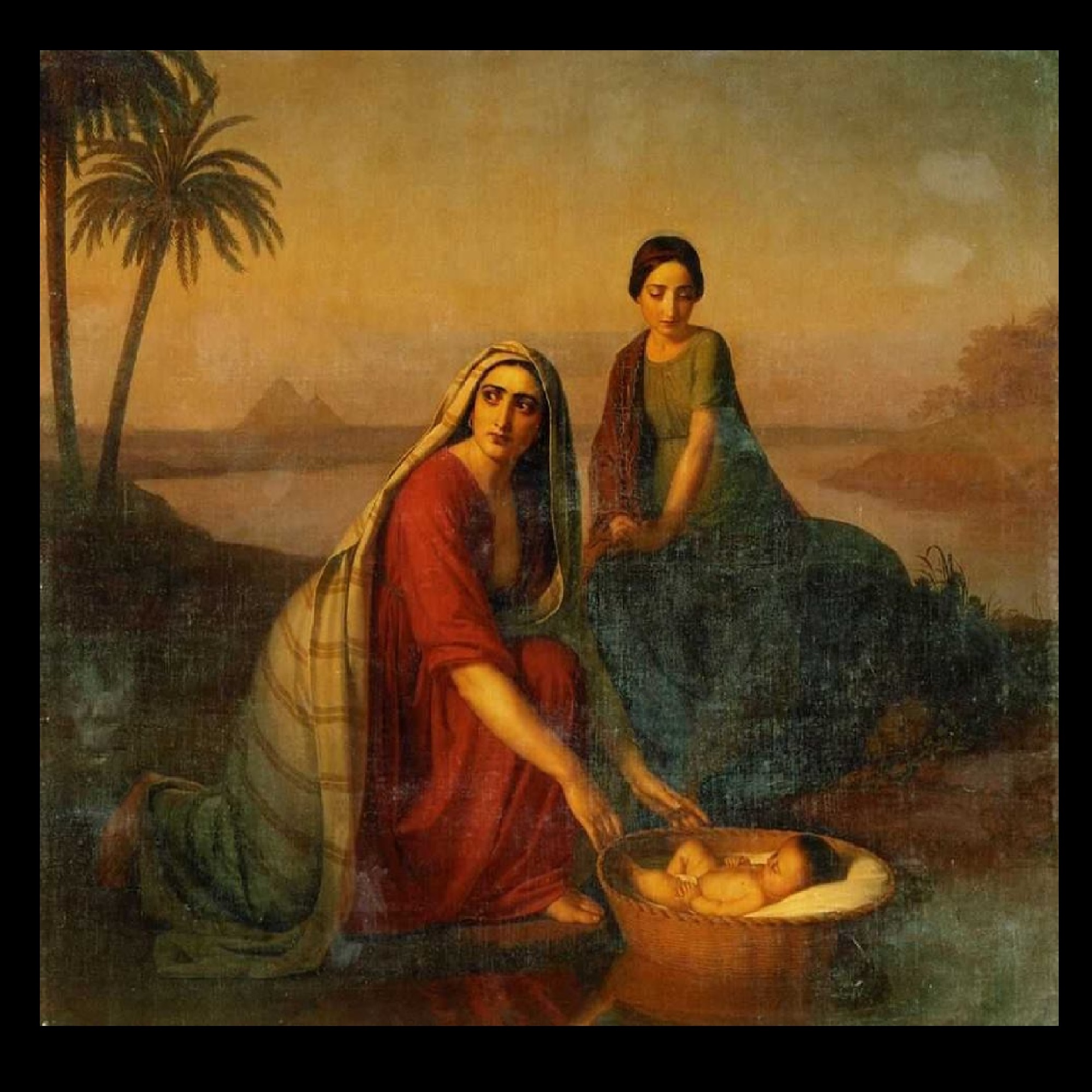More on Dating of Rama and Krishna?
A seminar was held a Bengaluru in 2003 on “Dating the Kurukshetra War” under the aegis of the Mythic Society, Indira Gandhi National Centre for the Arts and Sir Babasaheb Apte Smarak Samithi Trust. Seven scholars suggested…. following dates for the Mahabharata War:
Prof. R. N. Iyenger – 1478 BCE
Dr. S. R. Rao – 1700-1900 BCE
Dr. Mohan Gupta – 1952 BCE
Dr. B. Narahari Achar – 3067 B.C.E
Dr. N. S. Rajaram – 3100 BCE
Shri M. V. Narasimhan – 3100 BCE
Shri P. V. Holey – 3143 BCE
Dr. Balakrishna – 3300 BCE
The fact that scholars arrived at different estimates based on the same astronomical details given in the texts indicates that we cannot determine the date of Mahabharata War on the basis of astronomical information alone.

Chronology and genealogy:
The above dates have been suggested by looking at only the astronomical details and only those astronomical details relating to the Mahabharata War. S B Roy, on the other hand, has looked at both the astronomical- and genealogical details and also those relating to other Prophets. He has suggested the following dates:
Vaivaswat Manu: 3212 to 2798 BCE
Rama: 1996 to 1646 BCE
Krishna: 1445 to 1124 BCE.
Archaeology:
The determination of dates of Rama and Krishna must also be backed by archaeological evidence to be convincing. Rama was born after the Ikshwaku Dynasty had ruled over the city of Ayodhya for many generations, and Krishna even later. Therefore, we must find archaeological evidence for the existence of structured habitations, say, a thousand years before Rama. Here, the archaeological evidence of potsherds that may be left by nomadic people is not sufficient because these could indicate nomadic existence and do not establish the existence of cities as established by the ancestors of Rama and Krishna. The earliest evidence for structured habitations is from about 3000 BCE from the Indus Valley Civilization. The date of approximately 2100 BCE for Rama and 1500 BCE for Krishna is supported by archaeological evidence as well as one set of astronomical observations.

How to Explain the Indus Valley Civilization:
There is one more problem. Let us say, Rama was born around 5100 BCE and Krishna around 3100 BCE. That would mean that Rama and Krishna have left on archaeological evidence of cities; and that the cities of the Indus Valley have left no literary records. Then, on the one side we would have the Epics without archaeological record of cities, and on the other side, the Indus Valley without literary record. Therefore, we must consider whether the literature of the Epics and archaeological evidence of the Indus Valley match with each other. If so, we would resolve both the problems. Therefore, I most humbly suggest that we may consider working provisionally with the dates for Rama at approximately 2100 BCE and Krishna at approximately 1500 BCE until archaeological evidence for cites is available from an earlier period.
___________________
[1] Scientific (Astro-Dynastic) Chronology of Ancient India,” in C Margabandhu et. al., Editors, Indian Archaeological Heritage, Agamkala Prakashan, Delhi, 1991, Page 702-703.
Visit our website: https://www.commonprophets.com/
For Videos: https://www.youtube.com/channel/UCN4sb3toJxNGPjmSubnwz_Q
For more information on the theory of Common Prophets, Please like my FB Page One God One  Religion, Subscribe my English channel One God One Religion, subscribe my Hindi Channel एक ईश्वर, and you may like to buy my book here.
Religion, Subscribe my English channel One God One Religion, subscribe my Hindi Channel एक ईश्वर, and you may like to buy my book here.















